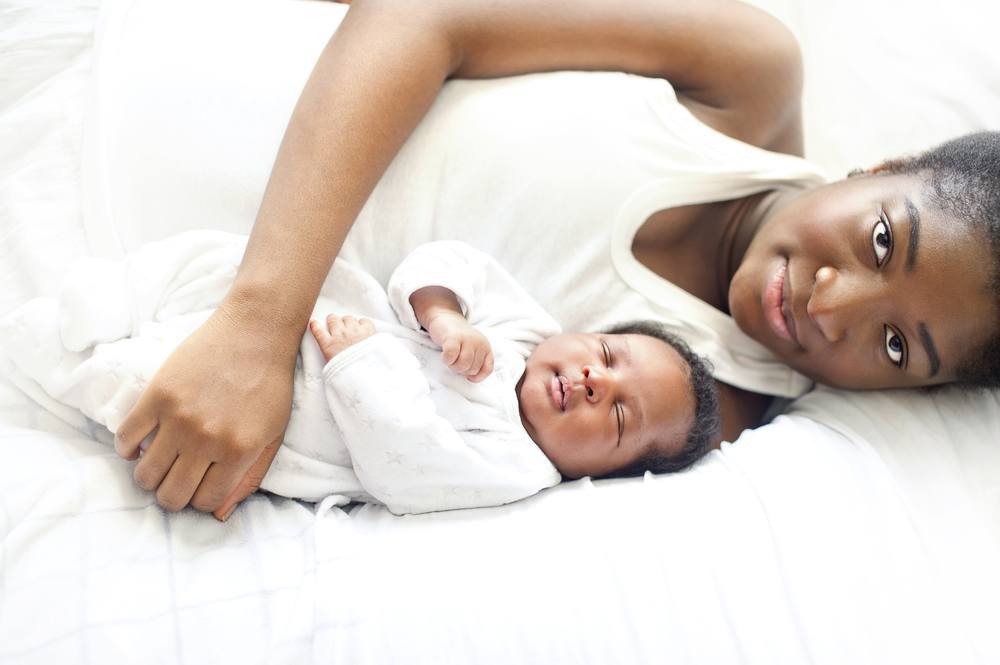Amenorrhoea refers to the absence of menstrual cycles and Oligomenorrhea refers to infrequent menstrual cycles. We do not expect to see menstruation before puberty or after menopause but if it does not occur in the intervening years, pregnancy will not be possible.
Amenorrhoea and Oligomenorrhea

Causes of Amenorrhoea
Causes vary quite widely and dictate whether the condition can be simple to treat or impossible.
- Breast-feeding can prevent menses and in fact is often used as a method of birth control. The “cure” is obvious – stop breast-feeding!
- Exercise-Related Oligomenorrhea ocan occur when a women over exercises and/or loses too much weight. It is thought to relate to the amount of readily-available energy within the body rather than the exercise itself. Eating disorders can have the same effect. Healthiness through regular exercise is a good thing if you are trying to get pregnant but it is important to keep a balance. At Concept we have links to wellbeing practitioners if you need help in some aspect of your lifestyle.
- Poly Cystic Ovary Syndrome (PCOS) is a condition in which women produce an excess of androgens which in turn can prevent menses or make them irregular. It affects about 6% of women but is fortunately fairly easy to treat.
- Birth control pills are designed to prevent menses but long-term use, especially of the ones with high doses of progesterone, can sometimes interfere with the normal process even when you stop taking them. It is not uncommon for this to take a year and there is no treatment available other than to wait.
- There are also a whole range of physical, endocrine and genetic conditions which may affect the frequency of menses and which can be quite complicated.
Treatments for Amenorrhoea and Oligomenorrhea
These range from “stop doing what you are doing”, to surgery, to medication (including starting to take certain birth-control medication, strange as it seems). Fortunately, the majority of cases require the simpler treatments but it is always advisable to seek advice from a fertility specialist sooner rather than later. It is frustrating to run into difficult age-related fertility problems simply because people avoid simpler menses-related problems for too long.
